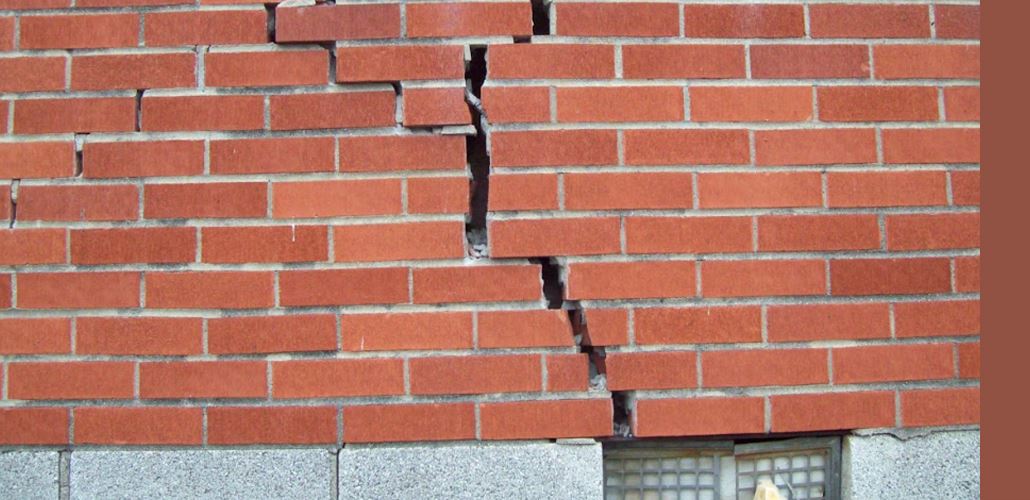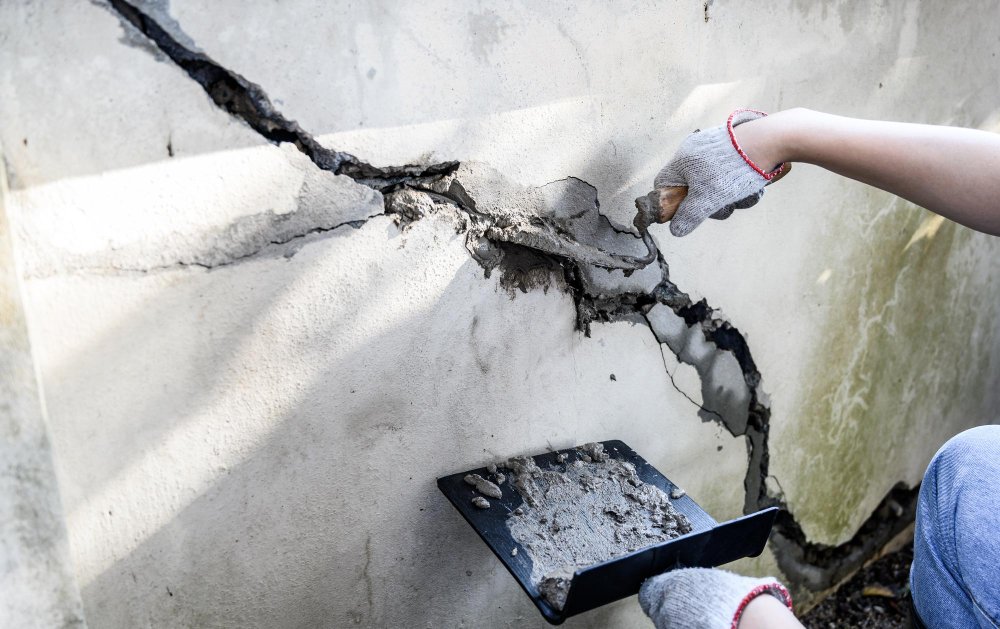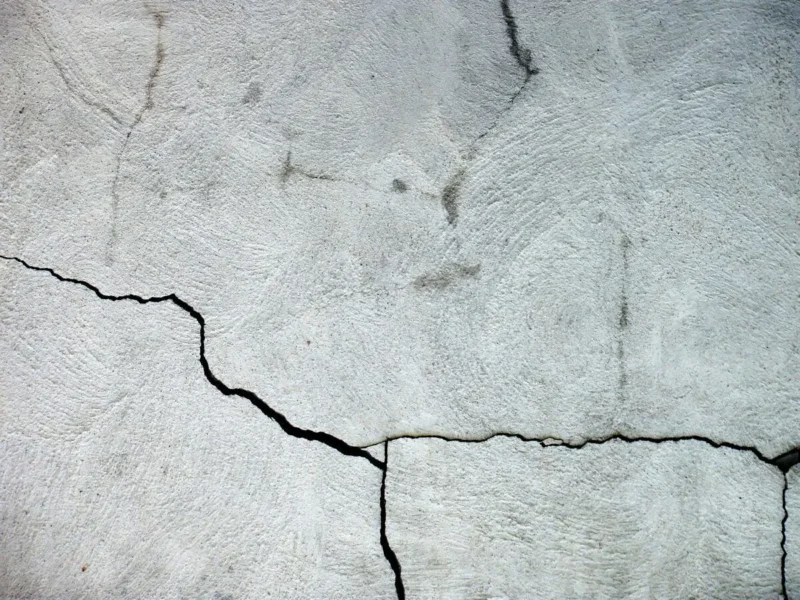Foundation cracks can be a common issue for homeowners, but determining the severity of these cracks is crucial to address potential structural concerns. Understanding the different types of foundation cracks and their implications can help homeowners make informed decisions about the necessary repairs.
From hairline cracks to larger fissures, each type of crack may indicate a different level of damage to the foundation. By knowing what to look for and when to seek professional help, homeowners can ensure the stability and safety of their homes for years to come. In this article, we will explore the various signs of foundation cracks and provide valuable information on how to assess their severity.
Common Causes of Foundation Cracks
Foundation cracks can be caused by a variety of factors, with some of the most common being soil settlement, poor construction practices, water damage, and tree roots. Soil settlement occurs when the soil beneath a foundation shifts or compacts over time, leading to cracks in the foundation. Poor construction practices, such as using low-quality materials or improper installation techniques, can also result in foundation cracks.
Water damage is another common cause, as excess moisture can weaken the foundation and make it more susceptible to cracking. Additionally, tree roots can grow beneath a foundation and exert pressure on the structure, leading to cracks over time. Identifying the root cause of foundation cracks is crucial in determining the severity of the issue and implementing the appropriate solution.
Signs of Severe Foundation Damage

Signs of severe foundation damage can be alarming and should not be ignored. These warning indicators include large cracks in the foundation walls, especially those that are wider than a quarter of an inch. Additionally, doors and windows that no longer close properly or have visible gaps may indicate a significant shift in the foundation.
If you notice your floors are uneven or sloping, it could be a sign of severe foundation damage. Other red flags include bulging or bowed walls, water damage in the basement, or crumbling concrete. It’s essential to address these issues promptly to prevent further structural problems and ensure the safety of your home.
Steps to Assess Foundation Cracks
Assessing foundation cracks is a crucial step in maintaining the structural integrity of your home. To accurately evaluate the severity of foundation cracks, several key steps need to be followed. First, visually inspect the cracks to determine their size, shape, and orientation. Look for any signs of movement or displacement, as these can indicate a more serious issue.
Next, measure the width and depth of the cracks to assess their significance. It is also important to consider the location of the cracks, as those near corners or windows may be more concerning. Finally, consult with a professional foundation specialist to get a professional opinion on the severity of the cracks and any necessary repairs or reinforcements. By following these steps, you can ensure that any foundation issues are addressed promptly and effectively.
Solutions for Repairing Foundation Cracks

If you are faced with foundation cracks, there are several solutions available to repair them. One option is to fill the cracks with epoxy injections, a cost-effective method that can prevent water from seeping through.
Another solution is to use polyurethane foam injections, which can help stabilize the soil and prevent further cracking. For more severe cracks, carbon fiber strips can be installed to strengthen the foundation and prevent future issues. It is important to consult with a professional to determine the best course of action for repairing foundation cracks and ensuring the stability of your home.
Preventing Future Foundation Damage
To prevent future foundation damage, it is important to address any existing foundation cracks as soon as possible. These cracks can worsen over time and lead to more serious issues in the future. One way to prevent future damage is to regularly inspect the foundation for any signs of cracks or other issues.
Hiring a professional inspector to assess the severity of any cracks and recommend the appropriate course of action is crucial. Additionally, maintaining proper drainage around the foundation can help prevent water from seeping into the concrete and causing cracks. By taking proactive steps to address foundation cracks and ensure proper maintenance, homeowners can help protect their homes from costly repairs in the future.
Conclusion

In conclusion, being able to accurately assess the severity of foundation cracks is crucial for maintaining the structural integrity of a building. By understanding the different types of cracks and their implications, property owners can take the necessary steps to address the issue before it escalates into a major problem.
Whether it be through DIY solutions or professional help from foundation repair Niagara Region, prioritizing the care and maintenance of your foundation is essential for ensuring the longevity and stability of your property. Remember, early detection and prompt action are key to preventing costly repairs down the line.



